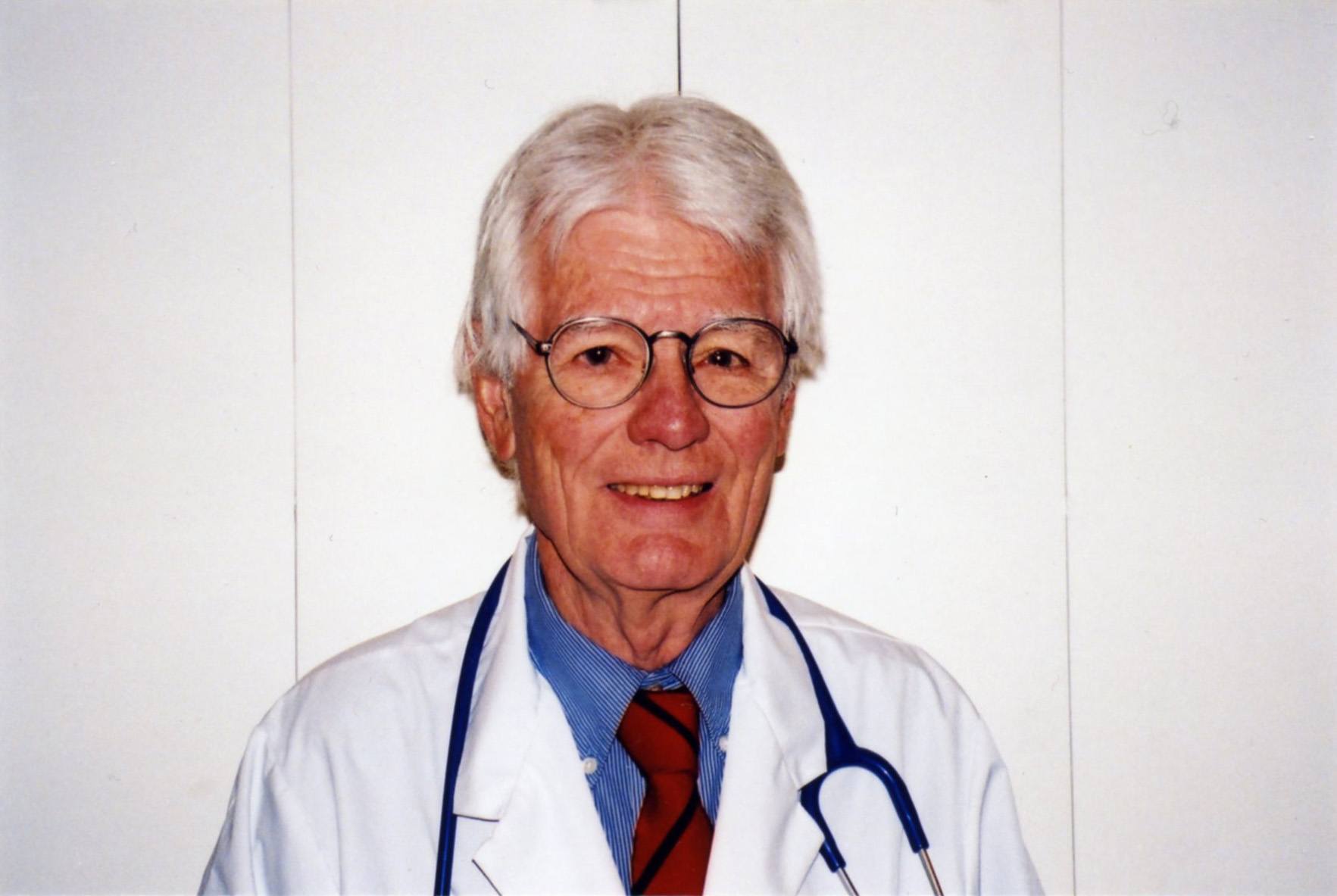What was in our drinking water?
Our home at the time was supplied by a well along the Niagara River. The only protection was a dash of chlorine. Now, years later, I’m happy I didn’t know the contents.
A report in the Canadian Medical Association Journal has some shocking news about water.
For centuries it was always safer to drink beer than water. Contaminated water killed millions.
It’s still a major threat as every year in the U.S. 20 million people suffer from water-borne illnesses. One reason is that 45 million people drink water from domestic wells.
Domestic wells are not prime water. A 12-year U.S. study showed that 76% of documented outbreaks of illness occurred from ground water. In England and Wales, researchers report, it’s 35 times more risky to drink well water than that from a public supply.
Another study revealed that 40% of farm wells in Ontario are contaminated by either bacteria or insecticides.
Surely the water in areas such as rural Saskatchewan would be safe. But a study of 535 wells there found that 99.6% exceeded the concentration of nitrates for an “aesthetic or health related objective”.
It’s more worrying that 35% of these wells contained amounts of nitrate, arsenic, selenium and coliform bacteria above accepted limits.
But how many realize that some city water contains cholesterol and blood pressure medication?
Researchers at the University of Montreal examined water downstream from Montreal’s sewage treatment facility and found minimal amounts of these drugs.
Other studies have found antidepressants, estrogen and antibiotics in drinking water.
Sebastien Sauve, professor of environmental chemistry, says, “All in all we don’t yet know the effects on the flora and fauna of the St. Laurence River.”
He didn’t elaborate on what effect these drugs might have on humans. But Maureen Reilly, editor of an online environmental posting called Sludge Watch, says, “Sewage treatment plants are 19th century technology trying to keep up with 20th century pollution”.
A recent report in the Nutrition Action Health letter does not make me feel any better about well water or city water.
Its editors remind us that in Canada most people get drinking water from surface water, such as lakes, rivers and reservoirs.
We forget that although the water may look pristine, birds and animals do poop in it, passing along bacteria such a Salmonella.
Humans, when sick, also flush bacteria down the toilet. The amount is staggering.
According to Canadian Water News, 200 billion liters of raw sewage goes into our waterways every year.
In 2001, raw sewage triggered a major problem in the Battleford area of Saskatchewan. A waste treatment plant discharged inadequately treated sewage into the North Saskatchewan River upstream from North Battleford , infecting 7,000 people.
Will this problem get worse? Mohammed Dore, of the Climate Change Laboratory at Brock University in St. Catharines, Ontario, says as the earth’s temperature increases there will be more intense storms and these deluges will overwhelm storm and sewage systems discharging untreated sewage into lakes.
Dore says this was just one of the reasons for the death of at least seven people and the sickness of 2,000 in Walkerton, Ontario.
There’s no 100% safe-guard against contaminated water. But if you have pets that lick the faucet, or children with dirty hands who play with it, bacteria can enter the pipes and grow. Cold water, however, is less likely to be contaminated with bacteria and lead, particularly if you let it run for a few moments.
Like others, my well water contained chlorine, good for killing bacteria. But Paul Westerhoff, an Arizona water specialist, claims it also combines with organic matter to form hundreds of disinfection byproducts, called DBPs.
No one knows how high these levels have to be to affect our health. But animal experiments show that some of these DBPs have an adverse effect on health.
Now in Toronto I thought I could forget about wells. But my daughter lives on a farm near Ottawa. I do not mention her well when I visit.
But she may wonder why her moderate-drinking father arrives with so much beer.



